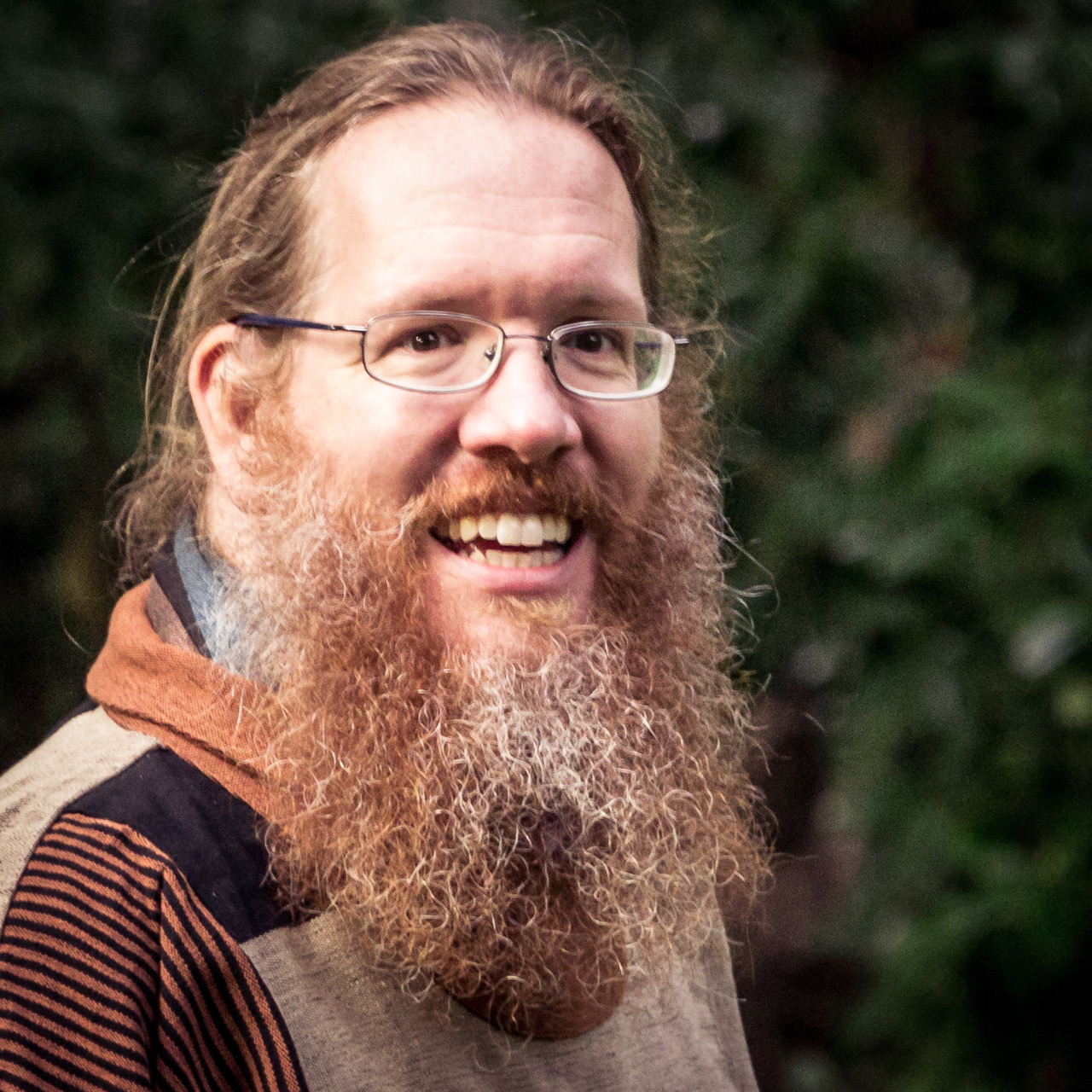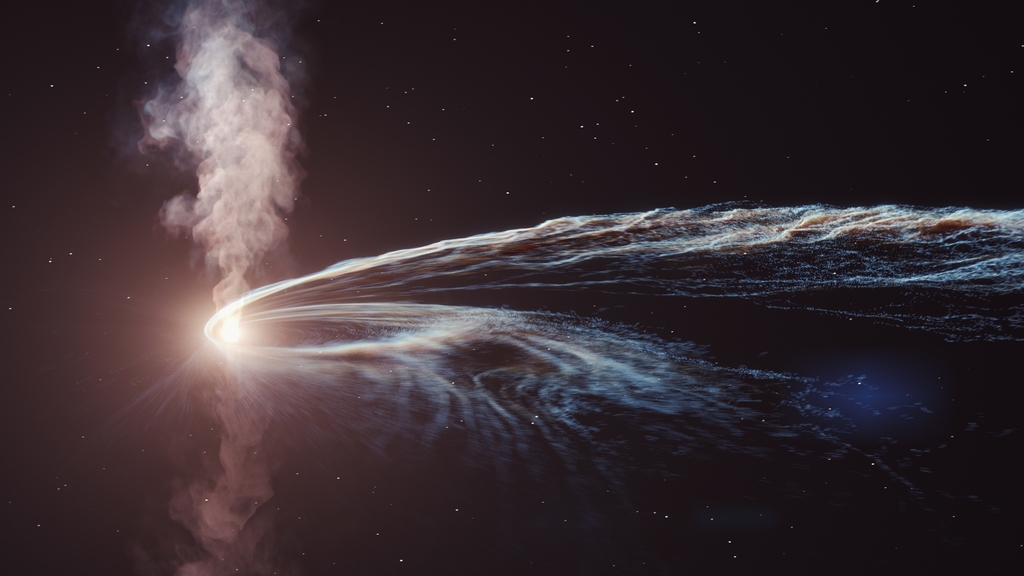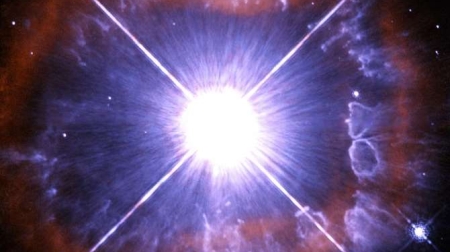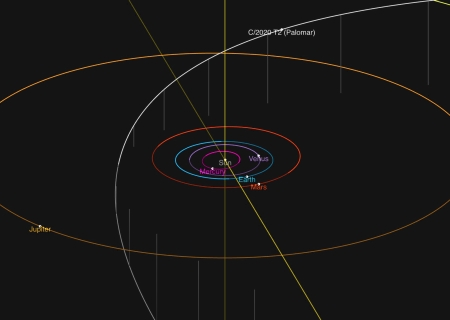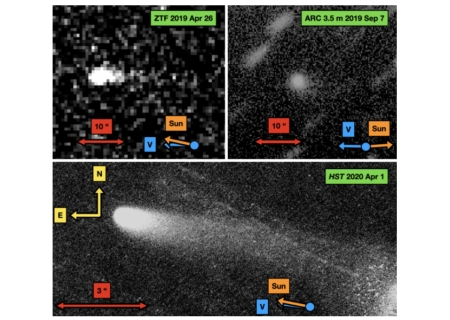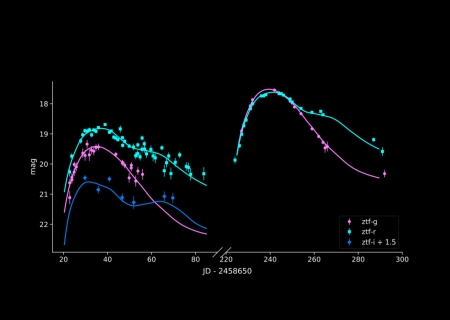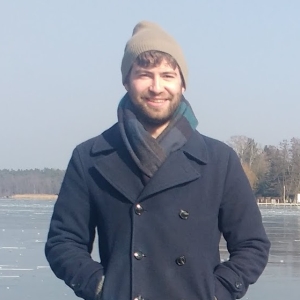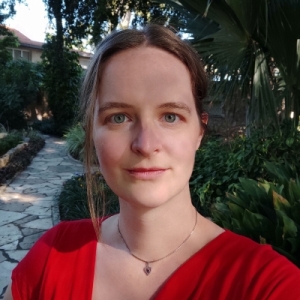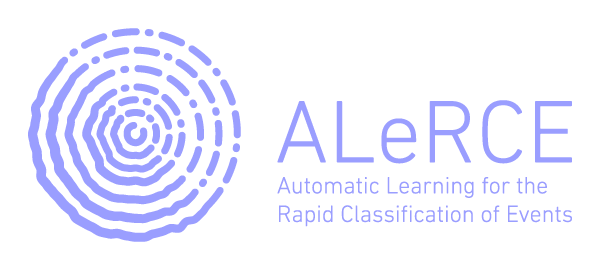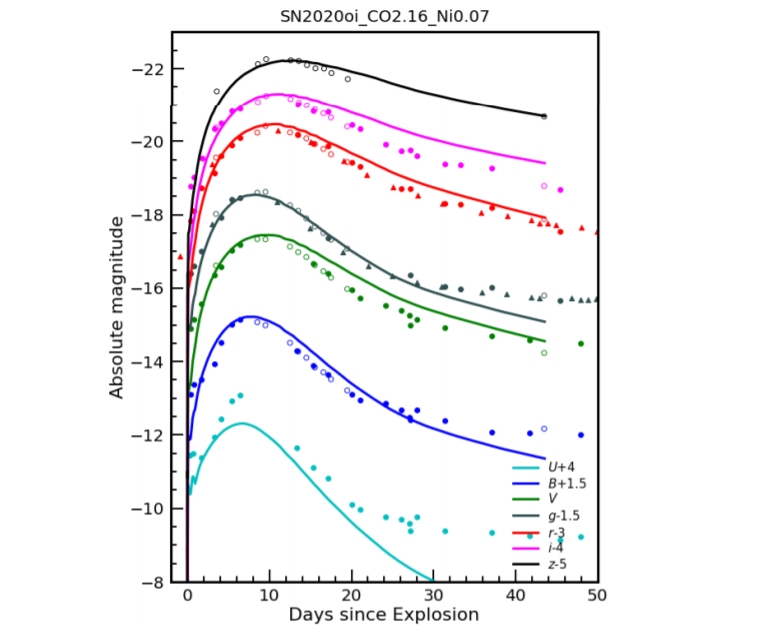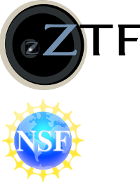Welcome
From the corner office
Welcome to our very first issue of Cosmic Newsflash, the ZTF-II bi-monthly newsletter. Every time-domain astronomer knows that the Universe is very busy – every second, somewhere out there, a star is dying. ZTF was built to capture some of this action. ZTF scans the entire northern hemisphere once every two nights, generating alert streams for thousands of potentially interesting known or unknown transients. From Fall of 2020 until the end of the project in Fall of 2023, 50% of the camera time will be dedicated to this afore-mentioned two-night survey. Alerts from this survey will be broadcast to the astronomical community through five brokers located in three continents. Next, spectral classification of nearly a hundred bright supernovae will be released immediately. Finally, the calibrated imaging data will be released every two months.
This newsletter, synced with our public data releases is our way to keep the time-domain astronomy community around the world informed about our surveys, share the science we all do with ZTF data, announce student opportunities, and more. In every issue, you will also hear from our project scientist Matthew Graham who will share news and highlights from the operations room.
The Zwicky Transient Facility was born from the idea to develop a camera to fill the entire focal plane of the 48-inch Schmidt telescope at the Palomar Observatory (its predecessor PTF was an 8 deg^2 camera). The resulting 16-CCD mosaic camera is now the largest optical imager behind a telescope (47 deg2). Installing such a wide-field imager on the telescope required some novel engineering solutions.
ZTF was a public-private partnership and the time on the camera (and the SEDM) split in proportion to the funding streams. A major innovation and contribution from ZTF was real-time distribution of alerts to “brokers” around the world. The alerts are rich in information: not merely positions but also postage stamps of the field, links to major catalogs and finally, a 30-day photometric history. ZTF was remarkably productive. Among the successes are
- the discovery of asteroids within the orbit of Venus, the closest asteroid to date
- doubling of the number of eclipsing double degenerate (several of which will be the brightest sources for the LISA gravitational wave observatory)
- routine discovery of gamma-ray burst afterglows without gamma-ray trigger (and thus enabling the search for the hypothesized “dirty fireballs”)
- comprehensive catalogs of tidal disruption events and systematic studies of large samples of young supernovae of both types - thermonuclear and core-collapse.
The NSF and the community recognized the role of ZTF in helping to prepare the astronomical community for the era of the Vera Rubin Observatory which will undertake the ambitious Legacy Survey of Space and Time (LSST). This motivated us to propose to NSF for a continuation of the ZTF. Separately, the partnership was also pleased with the rich returns of ZTF. With funding from NSF (via MSIP) and the partnership we initiated ZTF Phase II (ZTF-II) last Fall. It will run for three years. In fact, the last day of ZTF-II is September 30, 2023 and the expected first date for LSST to begin is October 1, 2023!
I am excited about ZTF-II for two reasons. First, is the sheer breadth of science and surprises. The partnership has members drawn from the world, from Taiwan through California through Israel and Europe and the US. Science within the partnership is organized and attended to by Science Working Groups (SWGs). You can glance through some of the science highlights in this issue to find out the latest results coming out from our global team. Intriguing candidates for high energy neutrinos and black-hole mergers have been reported and I hope that these are harbingers of exciting discoveries during ZTF-II.
I also want to mention that despite the challenging Covid-19 situation ZTF continued to work smoothly with alerts issued in real-time, every night, weather permitting. I am proud of our engineering, software, and operational team who worked hard to ensure continued normal operation during this difficult period. Our real time alert service continues to supply targets to supernova hunters across the world. Our supernova classification is now served through an active portal with easy access to thousands of spectra and light curves. Finally, our recently instituted “forced photometry” service is proving to be very popular with users across the community.
In the end, I want to highlight the ZTF summer school (August 16-20). It is a well-designed program (based on five previous years of effort). If you are a student then please apply. If you are a researcher, please encourage your students to apply.
We welcome feedback from our readers so let us know what you would like to see in future issues. Finally, we encourage you to share what science questions you answer with ZTF. You can get in touch with us at ztf@caltech.edu.
Shri Kulkarni
ZTF Principal Investigator, Professor of Astronomy and Planetary Sciences, Caltech
From the engine room
On December 1, 2020, ZTF-II commenced its new public survey, covering the northern sky every two nights in g and r passbands. This builds on the thousand-and-one-night legacy of ZTF-I and its three night cadence public survey, which has produced such an exciting myriad of discoveries. The first three months of ZTF-II have been drier than average which, on the plus side, has meant more clear nights than expected, and almost 34 million alerts have been issued from observations taken. The ZTF Data System infrastructure at IPAC is being upgraded to continue to support the data pipelines and the ever growing collection of ZTF images, catalogs, and alerts but also to provide new functionality.
The public ZTF Forced Photometry service was launched at the 2021 Winter AAS meeting (see our how-to guide for operational details). It is hosted at IPAC and provides forced photometry at a requested sky location from all available difference images, including those originating from public survey observations up to and including the most recent night. ZTF-II also sees more frequent data releases, moving from a six month cycle to a two month cycle over the first half of 2021 – data releases in March (DR5) and June (DR6) ensure a smooth transition to the new schedule consistent with our data publication policy. Finally, the 30-day light curve history in the ZTF alert packet is being upgraded to a 30-day forced photometry light curve in the next few months.
Matthew Graham
ZTF Project Scientist, Research Professor of Astronomy, Caltech
ZTF Public Data Release 5
The Zwicky Transient Facility (ZTF) and IPAC at the California Institute of Technology announce the fifth ZTF Public Data Release. This release builds upon the fourth data release to include products from (i) an additional 7 months of survey operations from the public portion of the survey, giving a total observation span of March 2018 - January 2021, and (ii) data acquired under private survey time during the first ~18.4 months of the survey, spanning March 2018 - September 2019. The private surveys include observational programs awarded by Caltech and performed by the ZTF collaboration.
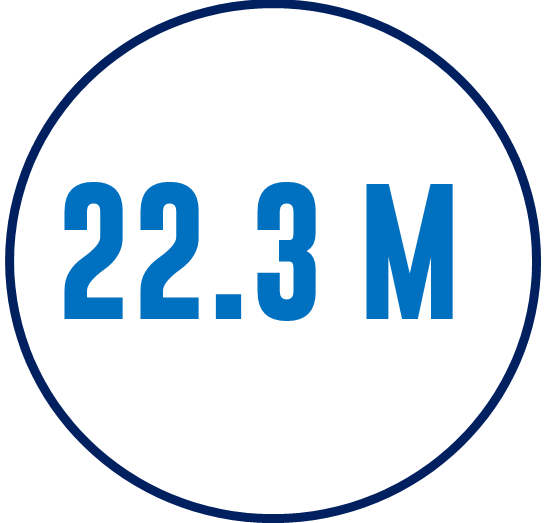
Science ready images
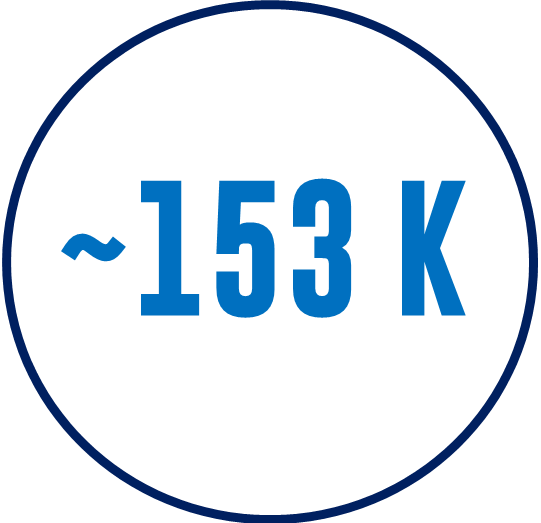
Co-added images
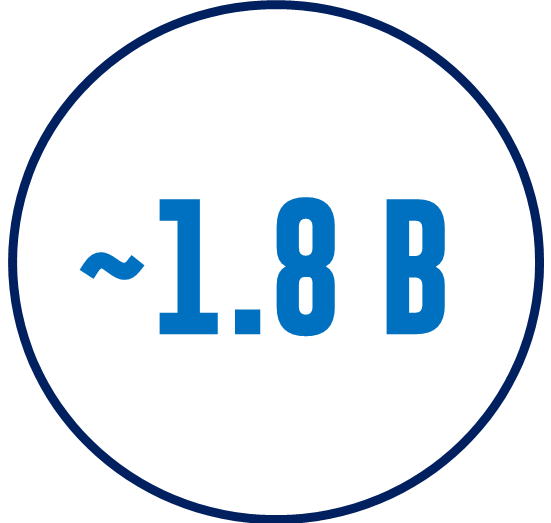
Lightcurves with
20+ observations
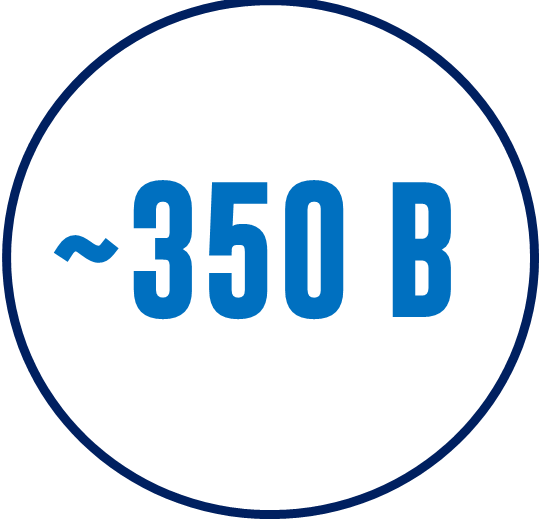
Total number of detections
(PSF-fitted photometry)
Science Highlights
A high energy neutrino associated with a tidal-dispruption event
Stein, R., Velzen, S.v., Kowalski, M. et al. Nat Astron (2021)
For only the second time, astronomers, led by a team at our ZTF partner DESY have linked an elusive particle called a high-energy neutrino to an object outside our galaxy, first detected by ZTF. Using ground- and space-based facilities, they traced the neutrino to a black hole tearing apart a star, a rare cataclysmic occurrence called a tidal disruption event. The study is published in Nature Astronomy.
Press Release
Bright stellar outbursts preceding interacting supernovae
Nora L. Strotjohann et al 2021 ApJ 907 99
We used the abundant amount of ZTF data to search for stellar outbursts that precede interacting SNe and discovered powerful eruptions prior to 18 Type IIn SNe and prior to the Type Ibn SN2019uo. This implies that about 25% of the IIn progenitor stars undergo months-long outbursts brighter than -13th magnitude immediately before their explosion. The high luminosity and long duration of the outbursts came as a surprise: The brightest eruptions release 1049 erg over 100 days, about 10% of the radiative energy observed in a typical SN. To produce as energetic outbursts via interaction, a star would have to accelerate one solar mass of material to a velocity of 1000 km/s which then slams into an even more massive shell of matter to convert the entire kinetic energy to radiation. Such eruptions might be triggered by turbulent nuclear burning shortly before the core collapse and could therefore offer hints about the unobservable processes in the stellar core that ultimately lead to the SN explosion.
First AI-assisted discovery of a comet
Astronomers from the ZTF team recently reported the first AI- assisted discovery of a comet C/2020 T2 using Tails, a novel deep-learning framework for the identification and localization of comets. Tails can sieve through ZTF image data and find comets in near real time unlike traditional methods that require observations of multiple epochs. Tails was trained on ~60000 images from the ZTF Twilight Survey and achieved 0.01% false positive rate. While Tails is trained only on ZTF data, it can be adapted to other sky surveys such as ATLAS, Pan-STARRS and the upcoming Vera Rubin Observatory’s Legacy Survey of Space and Time (LSST). The Tails’ code is open-source and can be found in the “dmitryduev/tails” repository on GitHub. This work was also featured in a Google Cloud blog post.
Following an active transitioning centaur
Bryce T. Bolin et al 2021 AJ 161 116
P/2019 LD2 is the first time we have seen a Centaur object in the process of becoming active and dynamically transferring into becoming an inner Solar System comet. Archival observations of P/2019 LD2 by ZTF going as far back as 2019 April revealed that the comet had only recently started to become active in late 2018 when it started reaching the boundary at which surface water ice on the comet begins to sublimate carrying off the dust from the comet's surface giving the comet an active and tailed appearance. In combination with observations by HST and Spitzer, we were able to determine that the characteristic dust size of the comet is ~100-micron scale and that the comet was also sublimating CO/CO2. P/2019 LD2 is Centaur, meaning, that it likely originated from the trans-Neptunian belt beyond the gas giants, but our study shows that it is in dynamic transfer of becoming an inner-Solar System comet and will likely be ejected from the Solar System into interstellar space after half a million years.
Sibling supernovae can aid precision cosmology
In a new study submitted to the MNRAS, astronomers from the ZTF team at the OKC, Sweden describe the discovery of a pair of sibling supernovae, or supernovae found in the same galaxy. The two type Ia supernovae were discovered 200 days apart not only in the same galaxy, but in the very same pixel of the ZTF CCD camera. The authors use the difference in the observed extinction in brightness for the two siblings to estimate the properties of the dust along the line of sight in the host galaxy. Their results largely agree with those from a *statistical* analysis from over a thousand type Ia supernovae but a key advantage of using sibling systems is the lack of systematic uncertainties. As more siblings are found in large surveys such as ZTF and the upcoming Vera Rubin LSST, they can become a new tool to improve Type Ia cosmology.
ZTF Faces
Robert Stein
(DESY, Germany)
I‘m from the UK, and grew up in London. I also studied there, completing my undergraduate physics degree at Imperial College London. For my Master’s thesis, I took part in an academic exchange to the University of Hamburg, working there on cosmic ray detection with Imaging Air Cherenkov Telescopes. After finishing my degree in 2017, I decided to double down on cities with bad weather, and started my PhD at DESY Zeuthen in Berlin. Since then I’ve been working with ZTF and the IceCube neutrino observatory. Right now I am writing up my thesis.
Read OnNora Linn Strotjohann
(Weizmann Institute of Science, Israel)
After growing up under the cloudy skies of Northern Germany by the Baltic coast, I studied physics at Bonn University. For my PhD thesis I moved to Berlin and became part of the IceCube group at Desy Zeuthen, where I searched for 100 second long neutrino bursts that could originate from short-lived sources such as GRBs, SNe with (choked) jets, or binary neutron star mergers. Part of my work was triggering and evaluating follow-up observations from optical, X-ray and gamma-ray telescopes to identify potential astrophysical neutrino sources.
Read On'How-to' Guide
Generating Lightcurves from Forced PSF-fit Photometry on ZTF Difference Images
This document describes how to submit forced photometry requests to operate on archived difference images from the ZTF survey. We also cover the fundamentals of generating publication-quality lightcurves from the raw output, as well as caveats, warnings, and suggestions for optimizing them, for example by combining measurements in order to place tighter constraints or recover signal below the single-exposure limits.
View Full GuideNews from Event Brokers
In this section brings the latest news and publications from the global network of event brokers
Alert Classification for the ALeRCE Broker System: The Light Curve Classifier
P. Sánchez-Sáez et al 2021 AJ 161 141
ALeRCE is an astronomical alert broker, which is currently processing the Zwicky Transient Facility (ZTF) alert stream, in preparation for the Vera C. Rubin Observatory. In Sánchez-Sáez et al. 2021 we present the first version of the ALeRCE light curve classifier. Our model uses data from the ZTF alert stream and AllWISE photometry to compute variability features and optical/IR colors to classify all objects with 6 or more detections in the ZTF g and r bands. In this work, we use a hierarchical approach to classify each source into (currently) 15 subclasses. We apply a balanced random forest algorithm with a two-level scheme where the top level classifies each source as periodic, stochastic, or transient, and the bottom level further resolves each of these hierarchical classes among their sub-classes. As far as we know, this is the first classifier that uses multiple classes of stochastic variables, periodic, and transient sources, using real data.
--Paula Sánchez Sáez
FONDECYT Fellow, Millennium Institute of Astrophysics
Postdoctoral Researcher, Inria Chile
Science with public ZTF data
We highlight scientific publications that use ZTF public data
Near-Infrared and Optical Observations of Type Ic SN2020oi and broad-lined Ic SN2020bvc: Carbon Monoxide, Dust and High-Velocity Supernova Ejecta
Type Ic SN2020oi in M100 and Ic-BL SN2020bvc in UGC9379 are studied using NIR Gemini, SOAR, IRTF, and optical ground-based telescopes. SN2020oi discovered by ZTF is similar to SN1994i with a small progenitor mass for a SNIc based on LCO, Konkoly, and ZTF light curves and STELLA models. The Gemini GNIRS spectrum of SN2020oi at day 63 shows strong CO emissions and a rising K-band continuum, indicating the ~800 K dust component and a possible dust formation in SN ejecta. However, CO modeling reveals optically thick CO, which makes it difficult to form dust. SN2020bvc is a massive explosion similar to SN1998bw, and we favor an on-axis-unobserved GRB scenario for SN2020bvc.
--Jeonghee Rho
SETI Institute, CA, USA
Outreach
Student opportunities, summer research, schools and public outreach

ZTF Summer School
The ZTF virtual summer school will take place between Aug 16-21. The school is designed to provide graduate students and postdoc with hands-on training in data processing of transient astronomy survey data such as ZTF using modern techniques such as Bayesian inference, time-series analysis, and machine learning.
Learn more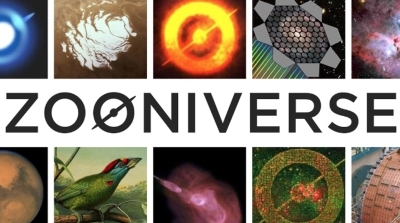
ZTF on Zooniverse
Are you interested to dig into ZTF data and help scientists clasify stellar explosions? We have an ongoing project on Zooniverse called the Zwicky Chemical Factory. If you join, you will be exploring and classifying spectra of supernovae from the Bright Transient Survey (BTS).
JoinZTF is supported by the National Science Foundation and a collaboration including Caltech, IPAC, the
Weizmann Institute for Science, the Oskar Klein Center at Stockholm University, the University of
Maryland, Deutsches Elektronen-Synchrotron and Humboldt University, Lawrence Livermore National
Laboratory, the TANGO Consortium of Taiwan, the University of Wisconsin at Milwaukee, Trinity College
Dublin, and Institut national de physique nucléaire et de physique des particules. Operations are conducted
by COO, IPAC and University of Washington.
Any opinions, findings, and conclusions or recommendations expressed in this material are those of the author(s) and do not necessarily reflect the views of the National Science Foundation.

